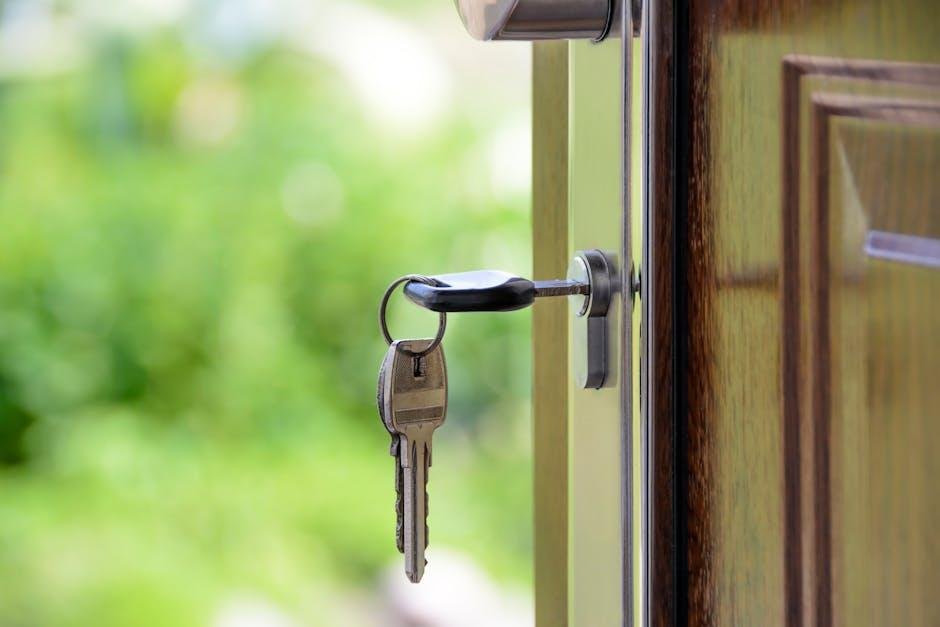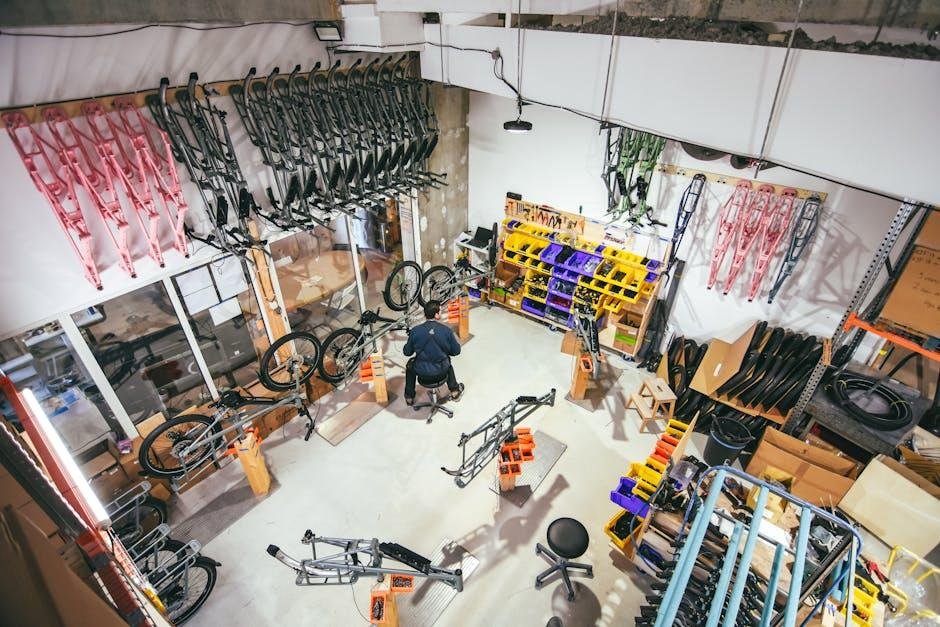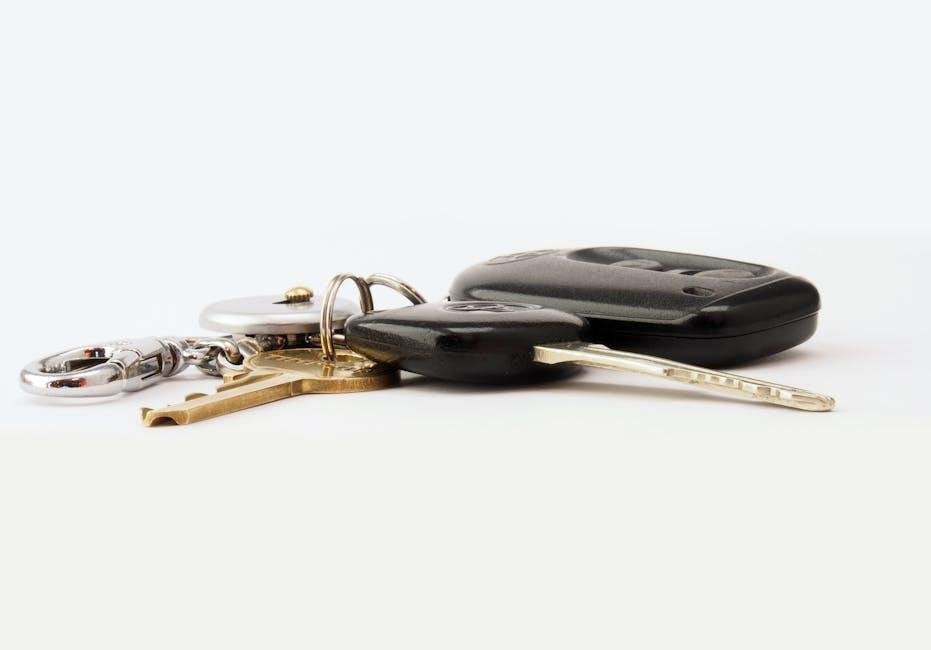Purchasing a car is often a monumental milestone, a blend of excitement and obligation that propels you into a new realm of ownership. But once the paperwork is signed and the keys are in hand, the journey is just beginning.It’s easy to be swept away by the thrill of that new vehicle smell and the promise of open roads ahead, yet taking a moment to focus on the essential steps to take right after buying your car can set the tone for your ownership experience. From securing insurance and understanding your new vehicle’s features to navigating registration and routine maintenance, there’s a checklist of crucial tasks awaiting your attention. In this article, we’ll guide you through the vital actions to solidify your purchase and ensure that you hit the road with confidence and peace of mind.
Preparing Your New Ride for the Road Ahead
Once you’ve driven off the dealership lot, the first thing to do is ensure your new vehicle is ready for the adventures that lie ahead. Check your paperwork to confirm that all necessary documents, such as the title, registration, and insurance, are in order. You don’t want to face any legal troubles down the road. Create a comprehensive maintenance schedule tailored to your vehicle’s needs and manufacturer recommendations. Regular servicing will help extend the lifespan of your ride and ensure a smoother driving experience.
Next, take a good look around your new companion. It’s wise to familiarize yourself with the vehicle’s features. Spend some time exploring the owner’s manual to understand the technology, safety features, and any special modes your car might have. Don’t forget to set up your infotainment system for convenience and connectivity. Making these adjustments now will save you time and hassle during future trips. Remember, a well-prepared vehicle substantially enhances your overall driving experience!

Understanding Insurance Options and Coverage
Once you’ve purchased your car, exploring your insurance options is essential. Choosing the right coverage not only protects your investment but also shields you from potential financial setbacks after an accident. Common coverage options include:
- Liability insurance: Covers damage to other vehicles or injuries to others if you’re at fault.
- Collision Coverage: Pays for repairs to your car after an accident, irrespective of fault.
- Comprehensive Insurance: Offers protection against non-collision-related incidents, like theft or natural disasters.
- Uninsured/Underinsured Motorist Coverage: Protects you if you’re involved in an accident with a driver who lacks sufficient insurance.
Along with understanding your coverage types, it’s necessary to evaluate deductibles and premiums to strike a balance between affordability and protection. When reviewing options, consider factors such as:
| Factor | Explanation |
|---|---|
| Deductible | The amount you pay out-of-pocket before insurance kicks in. Higher deductibles typically lower premiums. |
| Premium | The monthly cost of your insurance coverage. lower premiums might mean less coverage. |
| discounts | Many insurers offer discounts for safe driving records, bundling policies, or having security features in your car. |

Setting Up Maintenance Schedules for Longevity
Establishing a routine maintenance schedule is crucial for preserving your vehicle’s performance and extending its lifespan. Start by consulting your car’s owner manual to identify the manufacturer’s recommended maintenance intervals for critical components such as oil changes, tire rotations, and brake inspections. Consider creating a simple calendar or using a mobile app to track these dates. Here’s a brief outline of basic maintenance tasks:
- Oil Changes: Every 5,000-7,500 miles or as recommended
- Tire Rotation: Every 6,000-8,000 miles
- Brake inspection: Every 10,000 miles
- Fluid Checks: Monthly checks on coolant, brake, and power steering fluids
- Air Filter Replacement: Every 15,000-30,000 miles
Incorporating seasonal checks into your maintenance plan can also help address potential issues before they become major problems. As a notable example, a thorough inspection before winter can prevent unexpected breakdowns due to cold weather. Here’s a simplified checklist for seasonal preparations:
| Season | Maintenance Task |
|---|---|
| Spring | Check A/C system |
| Summer | Inspect tires for wear |
| Fall | Change wiper blades |
| Winter | Test battery condition |

Exploring Essential Accessories and Upgrades
Once you’ve taken the plunge into car ownership, it’s time to personalize and enhance your vehicle. Essential accessories can not only improve your driving experience but also help protect your investment.consider starting with these must-have modifications:
- Floor Mats: Protect your interior from dirt and spills with durable, weather-resistant mats.
- Seat Covers: Customize the aesthetic while shielding seats from wear and tear.
- Phone Mount: Keep navigation within easy reach for safer driving.
- Emergency Kit: Always be prepared with essentials like a first-aid kit, flashlight, and jumper cables.
In addition to basic accessories, consider upgrades that enhance functionality and comfort. Investing in technology can make a significant difference in your daily drive. Here are some upgrade ideas to contemplate:
| Upgrade | Benefits |
|---|---|
| Infotainment System | Access to modern connectivity features such as Apple CarPlay and Android auto. |
| Backup Camera | Enhanced safety when reversing and parking. |
| Blind Spot Monitor | Increased awareness of your surroundings to prevent accidents. |
| Dash Cam | Record your travels for security and insurance purposes. |
The Conclusion
As you pull away from the dealership, the thrill of your new purchase begins to set in. But the excitement of owning a car comes with its own set of responsibilities.Taking the right steps immediately after buying a vehicle can ensure that you safeguard your investment and enhance your driving experience. From finalizing insurance to understanding your warranty,the next moves you make are essential for smooth sailing down the road ahead. As you buckle in for countless journeys,remember that the actions you take today will lead to peace of mind and security tomorrow. Happy driving, and may every mile be filled with adventure and joy!


